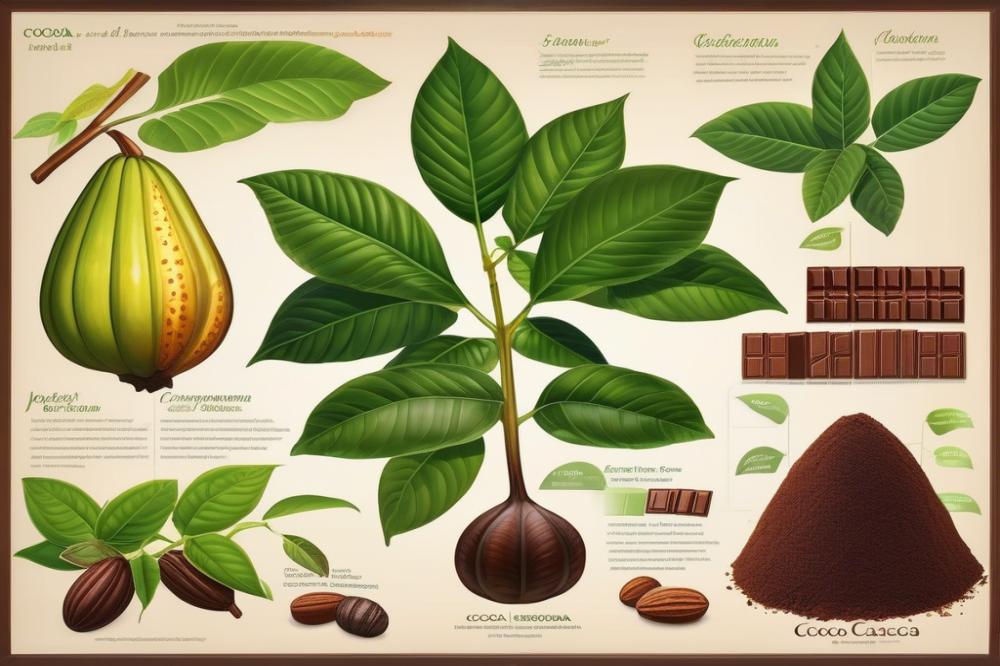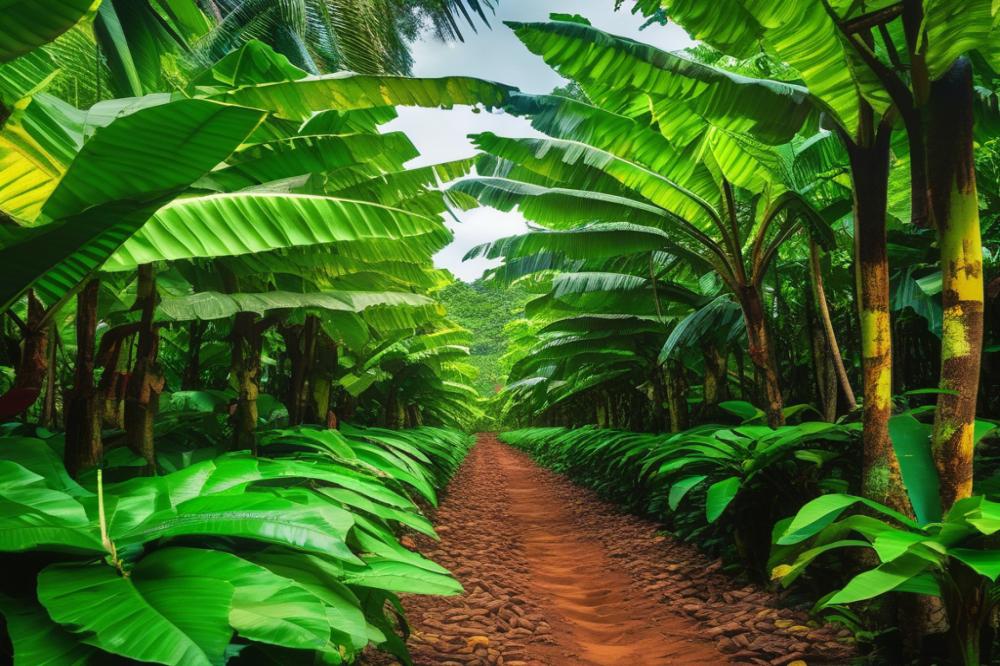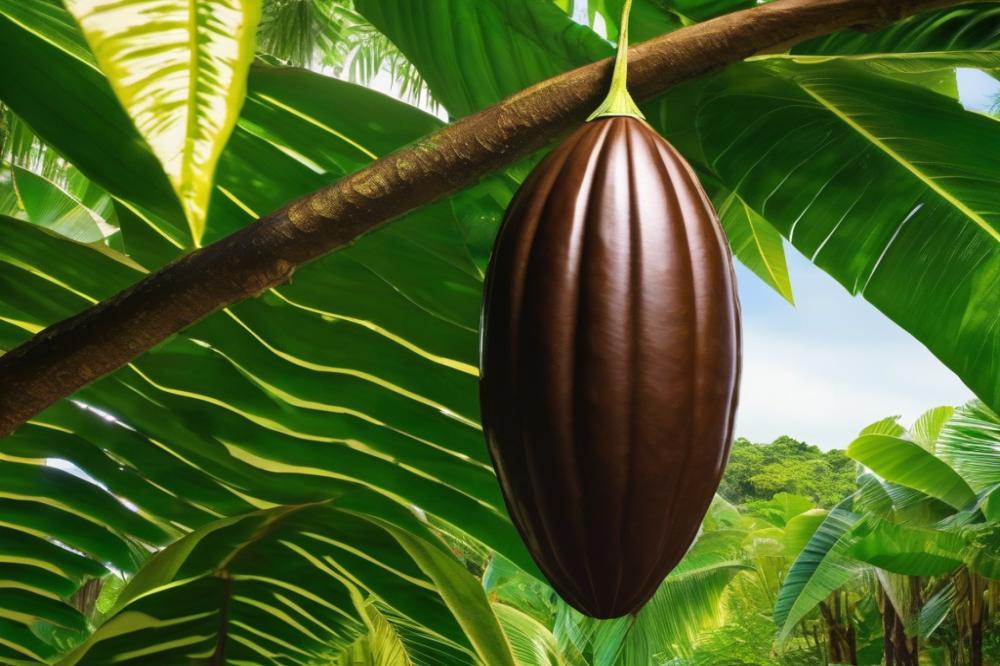The Cocoa plant: anatomy and Growth Stages
The Cocoa plant holds an essential place in economies around the world. This tropical wonder is not only the source of cocoa beans but also a key ingredient in beloved treats, particularly chocolate. The plant’s many attributes make it invaluable both culturally and economically.
Theobroma cacao is the scientific name for this plant, and it translates to “food of the gods.” It thrives in humid climates, generally near the equator. Cultivating this plant can be quite rewarding but requires patience and attention. Understanding its anatomy and Growth Stages is crucial for successful farming and harvesting.
Every phase of development offers unique insights into the cocoa plant. It starts from flowering, where delicate blossoms appear. Then, the pods develop, which house the future cocoa beans. Knowing how to nurture these stages can lead to better yield and quality.
After pods mature, the harvesting process begins. Farmers cut them from the trees and prepare for the next steps. Fermentation follows, playing a vital role in developing flavor. Finally, winnowing removes the shell from the beans, paving the way for chocolate production.
The journey from the plant to that delicious chocolate treat involves many intricate processes. Each stage, from growth to harvesting, shapes the final product. Thus, familiarity with the cocoa plant becomes essential for anyone interested in the chocolate industry.
Anatomy of the Cocoa Plant

The structure of Theobroma cacao is fascinating. This plant has several key parts that work together for its growth and the production of cocoa beans. Understanding its anatomy helps us appreciate the entire chocolate-making process.
Roots, Stems, and Leaves
Roots anchor the cocoa plant and absorb essential nutrients from the soil. They spread out widely but may not go very deep. Stems, also known as trunks, provide support for the canopy. These trunks can grow several meters tall and are crucial for holding leaves and flowers. The leaves themselves are dark green and have a glossy surface. They are responsible for photosynthesis, capturing sunlight to fuel the plant’s growth.
Importance of Flowers
Flowers play a vital role in the life cycle of the cocoa plant. They appear directly on the trunk and older branches, which is quite unique. Upon flowering, pollination occurs, leading to the development of cocoa pods. Without flowers, there would be no pods, and thus no cocoa beans. This process is essential for successful cultivation.
Cocoa Pods and Their Development
Cocoa pods grow directly from the trunk after successful flowering. These pods start small but can grow up to 30 centimeters long. Each pod holds numerous cocoa beans, surrounded by sweet, white pulp. As pods mature, they change color, going from green to yellow or reddish. This color change indicates that they are ready for harvesting. Once harvested, the beans undergo fermentation, a crucial step before winnowing and processing.
Growth Stages of the Cocoa Plant
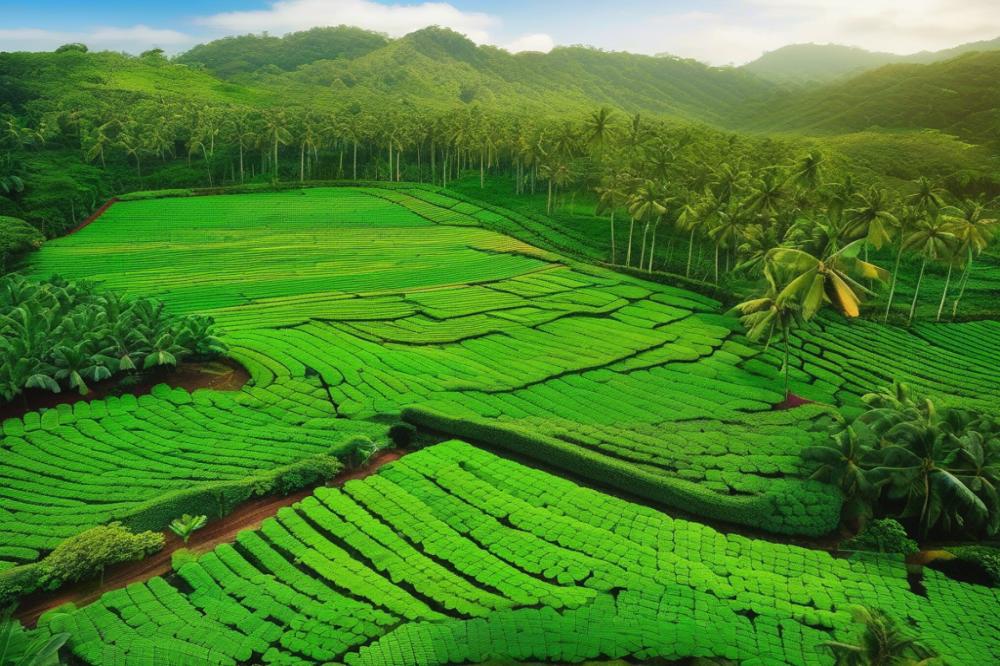
Seed Germination and Early Growth
The life cycle of Theobroma cacao begins with seed germination. Cocoa beans are the seeds that come from the pods. They require warmth and moisture to sprout. Surrounding conditions must be suitable for germination to take place. Typically, seeds germinate within a couple of weeks. Young seedlings grow quickly in favorable environments. They start with small leaves and a fragile stem. Early care is crucial during this stage to promote healthy growth.
Flowering Stage: Pollination and Flower Development
Once the plants are established, they enter the flowering stage. Blooming occurs on the trunk and branches, which is interesting because most trees flower only on their limbs. The flowers are small and delicate. Pollination plays a vital role here. Insects, particularly tiny midges, help transfer pollen between flowers. Successful pollination leads to the formation of cocoa pods. Each flower has the potential to become a pod, but not every one makes it. In fact, many flowers will drop before turning into fruit.
Pod Development: Stages of Fruit Maturation
After flowering, the plant focuses on pod development. Each pod takes several months to mature. Initially, pods are a bright green before gradually changing color. As they ripen, colors like yellow or orange emerge, indicating readiness. The interior contains the cocoa beans, which are surrounded by a sweet pulp. Proper timing for harvesting is essential. If pods are left too long, fermentation begins while still on the tree, impacting flavor for chocolate production.
Factors Influencing Growth: Climate, Soil, and Care
Environmental factors play a significant role in the cultivation of cocoa plants. These trees thrive in tropical climates. Warm temperatures and high humidity are optimal for growth. Additionally, soil quality cannot be overlooked. Rich, well-draining soil supports healthy development. Care practices like watering and pruning also affect growth. Farmers monitor their plantations closely to adjust for weather changes. Sustainable growing methods help protect the ecosystem while improving yield.
Cultivation of the Cocoa Plant
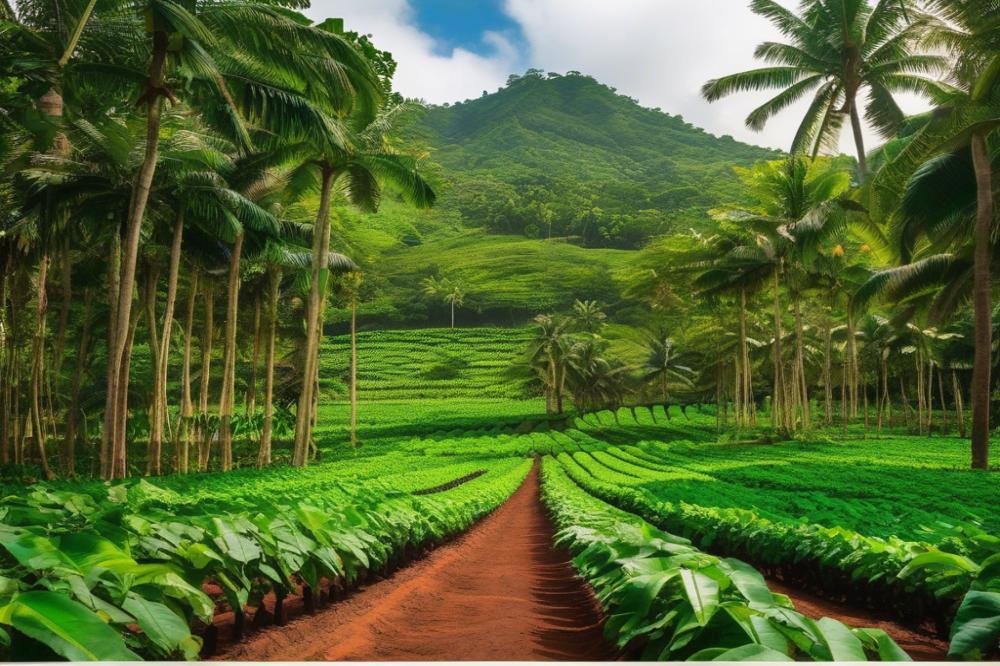
Successful cultivation requires careful planning and ongoing maintenance. Start by selecting a suitable site with adequate shade, as young trees need protection from harsh sunlight. When it comes to planting, spacing is critical. Plant young trees at least 3 meters apart to allow room for growth.
Soil Requirements and Pest Management
Theobroma cacao thrives best in well-draining, fertile soils. Ideal pH levels range from 5.5 to 7.0. Conduct a soil test before planting to assess nutrient content. Regularly check for pests that can damage leaves and pods. Integrated pest management practices can help control these threats without harming the environment.
Irrigation and Fertilization Tips
Watering should be consistent, particularly during the dry season. Established trees typically need about 1,500 to 2,000 mm of rainfall annually. Use organic fertilizers to enhance soil fertility. Applications of compost or well-rotted manure promote growth and increase yields of cocoa beans.
Sustainability and the Importance of Ethical Cocoa Farming
Sustainable practices are essential in cocoa farming. Many growers focus on agroforestry systems that preserve biodiversity and support local ecosystems. Fair trade initiatives also aim to provide better conditions for farmers. Ethical cocoa production not only benefits communities but helps consumers feel more connected to the chocolate they enjoy.
Harvesting and Post-Harvest Processing
Techniques for Harvesting Cocoa Pods
Cocoa pods grow on the branches of Theobroma cacao. When pods reach maturity, they become a vibrant yellow, orange, or red. Harvesters typically use machetes to cut the pods from the tree. This requires skill to avoid damaging the surrounding flowers and fruits. Harvesting occurs multiple times a year depending on the region. Farmers must be attentive; the right timing is crucial for quality.
Steps Involved in Fermentation of Cocoa Beans
Once collected, pods are opened to extract cocoa beans. These beans are surrounded by a sweet, white pulp. Fermentation begins by placing the beans and pulp in shallow containers or under banana leaves. This process lasts several days, usually between five to seven. Bacteria and natural yeasts transform the pulp, changing the flavor of the cocoa beans. It is during fermentation that essential flavors crucial for chocolate production develop.
Winnowing Process to Separate Cocoa Nibs from Shells
After fermentation, the next step is drying the beans. Dried beans are then roasted to enhance their flavor further. Once roasted, the hard outer shells need removal. The winnowing technique helps separate the cocoa nibs from these shells. This is often done by cracking the beans and using air to blow away the lighter shell fragments. The final result is pure cocoa nibs, which are vital for making chocolate.
Importance of Each Step for Quality Chocolate Production
Each phase of harvesting and processing affects the final product’s quality. Careless harvesting can lead to lower-quality beans. Similarly, proper fermentation influences the beans’ flavor profile. Flawed winnowing may leave undesirable shell pieces in the final product. All these steps are intricately connected to how delicious the chocolate will be. For the chocolate lover, understanding this process only deepens appreciation for their favorite treat.
Wrapping Up
In summary, understanding the anatomy and growth stages of the cocoa plant sheds light on its complex journey from seed to chocolate. Every part of the plant, from its vibrant flowers to its fruit-filled pods, plays an essential role in producing the beloved treat many enjoy. By recognizing the key stages—from sprouting to harvesting—one can truly appreciate the effort behind each delectable bite.
Theobroma cacao, as the scientific name suggests, translates to “food of the gods.” This reflects how vital the plant is within the chocolate-making process. Chocolate lovers everywhere owe a debt of gratitude to this remarkable crop. It provides not just flavor, but also cultural significance and economic support in many regions.
However, the future of cocoa cultivation faces challenges. Environmental concerns and changing climates impact the yield and quality of cacao. Implementing sustainable practices is crucial for maintaining healthy ecosystems. These methods allow farmers to produce cocoa that satisfies growing global demands while caring for the planet. Responsible cultivation will protect the land for future generations.
As we look ahead, it is clear that the cocoa plant holds a special place in our hearts and our diets. Preserving its legacy requires informed choices and a commitment to sustainability. Chocolate should be enjoyed, yet we must also respect the journey it takes from plant to palate.

